 W
WArchibald Arnott was a British Army surgeon best remembered as Napoleon's doctor on St. Helena, who was present at the Emperor's autopsy. In his retirement he returned to Ecclefechan, where he is buried.
 W
WThomas Graham Balfour was a Scottish physician noted for his work with medical statistics, and a member of Florence Nightingale's inner circle.
 W
WSir George Ballingall was a Scottish physician and surgeon. He was regius professor of military surgery at the University of Edinburgh.
 W
WWilliam Bradshaw VC, born in Thurles, County Tipperary, was an Irish recipient of the Victoria Cross, the highest and most prestigious award for valour in the face of the enemy that can be awarded to British and Commonwealth forces.
 W
WDr. John Collis Browne MRCS (1819–1884) was a British Army officer, inventor of items for yachts and the originator of the medicine Chlorodyne.
 W
WJames Craik was Physician General of the United States Army, as well as George Washington's personal physician and close friend.
 W
WCampbell Mellis Douglas, was a Canadian recipient of the Victoria Cross, the highest and most prestigious award for gallantry in the face of the enemy that can be awarded to British and Commonwealth forces. The awarding of the VC to Douglas was one of the few instances of the VC being awarded for actions taken not in the face of the enemy.
 W
WMajor-General Sir George Joseph Hamilton Evatt KCB was a British Army officer and military doctor. He served overseas in the Perak War, Second Anglo-Afghan War, and Mahdist War, but was better known for his writings on military medicine and his lobbying for the creation of the Royal Army Medical Corps.
 W
WSir Walter Farquhar, 1st Baronet was a prominent Scottish physician of the late eighteenth and early nineteenth century, whose clientele included many of the leading figures of the day, including the Prince of Wales and the Prime Minister William Pitt. Born in Garioch, Farquhar abandoned his medical studies at King's College, Aberdeen to join the British Army as a surgeon during the Seven Years' War. He later worked as an apothecary in London and qualified as a physician, becoming popular with royalty and politicians and receiving a baronetcy for his services.
 W
WSir William Henry Flower was an English surgeon, museum curator and comparative anatomist, who became a leading authority on mammals and especially on the primate brain. He supported Thomas Henry Huxley in an important controversy with Richard Owen about the human brain and eventually succeeded Owen as Director of the Natural History Museum in London.
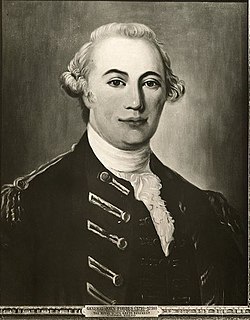 W
WJohn Forbes was a Scottish professional soldier who served in the British Army from 1729 until his death in 1759.
 W
WWilliam Goodison (1785–1836) was an assistant surgeon of the British Army. He was born in 1785 in the county of Wicklow, Ireland. His father, William Goodison, was a pharmacist and urged his son to study under professor Austin of Trinity College, Dublin. William Goodison entered Trinity College at the age of 16, in 1801, and concluded his studies in the spring of 1807 by obtaining a B.A.. He ranked the Medical Service of the British Army on 23 August 1810. He was placed an assistant surgeon of the 75th Regiment of Foot, a position previously held by John Cumine. He served this post until 4 March 1824, when he was reduced on half-pay and moved to the 25th Regiment of Light Dragoons, until his death in August 1836.
 W
WGeorge James Guthrie was an English surgeon, born in London of Scottish parents. He was admitted to membership in the Royal College of Surgeons in 1801. As army surgeon, he served in the Peninsular campaign, and his work there won the praise of the Duke of Wellington. In 1816 he began a series of lectures in surgery to the officers of the army and navy, which he continued for nearly 30 years. In 1824 he became a member of the council of the Royal College of Surgeons, of which he was three times president, and also professor in 1818–1831. His principal works are:On Gunshot Wounds of the Extremities Requiring the Different Operations of Amputations, and their After Treatment Lectures on the Operative Surgery of the Eye On the Anatomy and Diseases of the Urinary and Sexual Organs
 W
WSurgeon Major Thomas Egerton Hale VC CB was an English recipient of the Victoria Cross, the highest and most prestigious award for gallantry in the face of the enemy that can be awarded to British and Commonwealth forces.
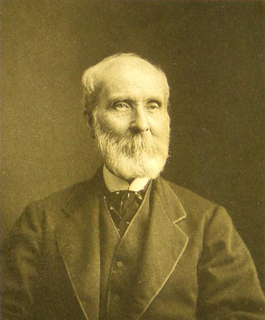 W
WEdward Hare was a British surgeon and former Director-General of Hospitals in Bengal, India. Hare is best known for his medical work in using quinine for treatment of malaria fevers. He was also a vegetarianism activist.
 W
WColonel Edmund Baron Hartley VC CMG was a recipient of the Victoria Cross, the highest and most prestigious award for gallantry in the face of the enemy that can be awarded to British and Commonwealth forces.
 W
WSurgeon General Sir Anthony Dickson Home VC KCB was a Scottish recipient of the Victoria Cross, the highest and most prestigious award for gallantry in the face of the enemy that can be awarded to British and Commonwealth forces.
 W
WFrancis Home FRSE FRCPE was a Scottish physician, and the first Professor of Materia Medica at the University of Edinburgh, known to make the first attempt to vaccinate against measles, in 1758. In 1783 he was one of the founders of the Royal Society of Edinburgh.
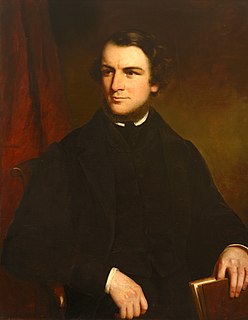 W
WJohn Whitaker Hulke FRCS FRS FGS was a British surgeon, geologist and fossil collector. He was the son of a physician in Deal, who became a Huxleyite despite being deeply religious.
 W
WJohn Robert Hume (c.1781–1857) was a Scottish surgeon and physician. He is cited as an example of a 19th-century medical career that arrived at a high position in the profession, without early qualifications.
 W
WJohn Hunter was a Scottish surgeon, one of the most distinguished scientists and surgeons of his day. He was an early advocate of careful observation and scientific method in medicine. He was a teacher of, and collaborator with, Edward Jenner, pioneer of the smallpox vaccine. He is alleged to have paid for the stolen body of Charles Byrne, and proceeded to study and exhibit it against the deceased's explicit wishes. His wife, Anne Hunter, was a poet, some of whose poems were set to music by Joseph Haydn.
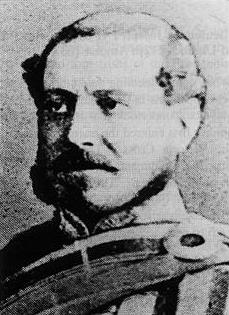 W
WJoseph Jee was an English recipient of the Victoria Cross, the highest and most prestigious award for gallantry in the face of the enemy that can be awarded to British and Commonwealth forces.
 W
WRobert Knox was a Scottish anatomist, zoologist, ethologist and physician. He was a lecturer on anatomy in Edinburgh, where he introduced the theory of transcendental anatomy.
 W
WMajor General Sir Richard Harman Luce, was a British surgeon, British Army officer and politician. During the First World War, he served as the Director of Medical Services of the Egyptian Expeditionary Force. He was elected MP for Derby in 1924.
 W
WJohn MacKenzie was a native of Ayrshire, where he married Helen Miller (d.1827), one of the "Six proper Mauchline belles" who is buried in Irvine's Old Parish church. He was a member with Robert Burns of the St James Lodge, Tarbolton. His house in Mauchline is now the 'Burns House Museum,' run by East Ayrshire Council. MacKenzie wrote "Origin of Morals and Common Sense."
 W
WLieutenant General Sir William Alexander Mackinnon was Director-General of the British Army Medical Service (1889–1896).
 W
WSurgeon General William George Nicholas Manley, was a British Army officer, surgeon and a recipient of the Victoria Cross, the highest award for gallantry in the face of the enemy that can be awarded to British and Commonwealth forces. He received awards from several other countries, and is the only person to have been awarded both the VC and the Iron Cross.
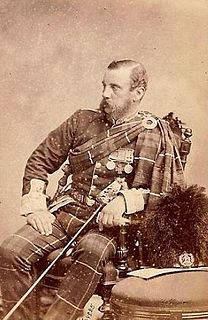 W
WSurgeon Valentine Munbee McMaster VC was a recipient of the Victoria Cross, the highest and most prestigious award for gallantry in the face of the enemy that can be awarded to British and Commonwealth forces.
 W
WJohn Gideon Millingen (1782–1862) was a British army surgeon and author. He was the brother of James Millingen and an uncle of Julius Michael Millingen.
 W
WJohn Monro of Bearcrofts (1670-1740) was a Scottish surgeon who was the progenitor of the Monro dynasty of anatomists in Edinburgh. He is credited with conceiving and playing a major role in founding the University of Edinburgh Medical School. He served as Deacon (President) of the Incorporation of Surgeons of Edinburgh.
 W
WSurgeon General Sir James Mouat was an English recipient of the Victoria Cross, the highest and most prestigious award for gallantry in the face of the enemy that can be awarded to British and Commonwealth forces.
 W
WWilliam Henry Thomas Sylvester VC was an English recipient of the Victoria Cross, the highest and most prestigious award for gallantry in the face of the enemy that can be awarded to British and Commonwealth forces.
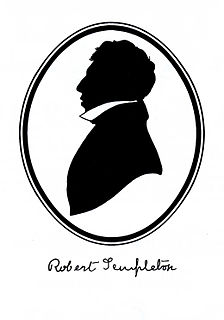 W
WRobert Templeton was a naturalist, artist, and entomologist, and was born at Cranmore House, Belfast, Ireland.
 W
WJohn Vaughan Thompson FLS was a British military surgeon, marine biologist, zoologist, botanist, and published naturalist.
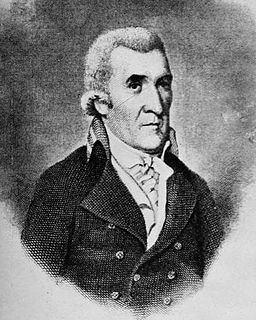 W
WDr William Wright (1735–1819) was a Scottish physician and botanist. In 1783 he was a joint founder of the Royal Society of Edinburgh.